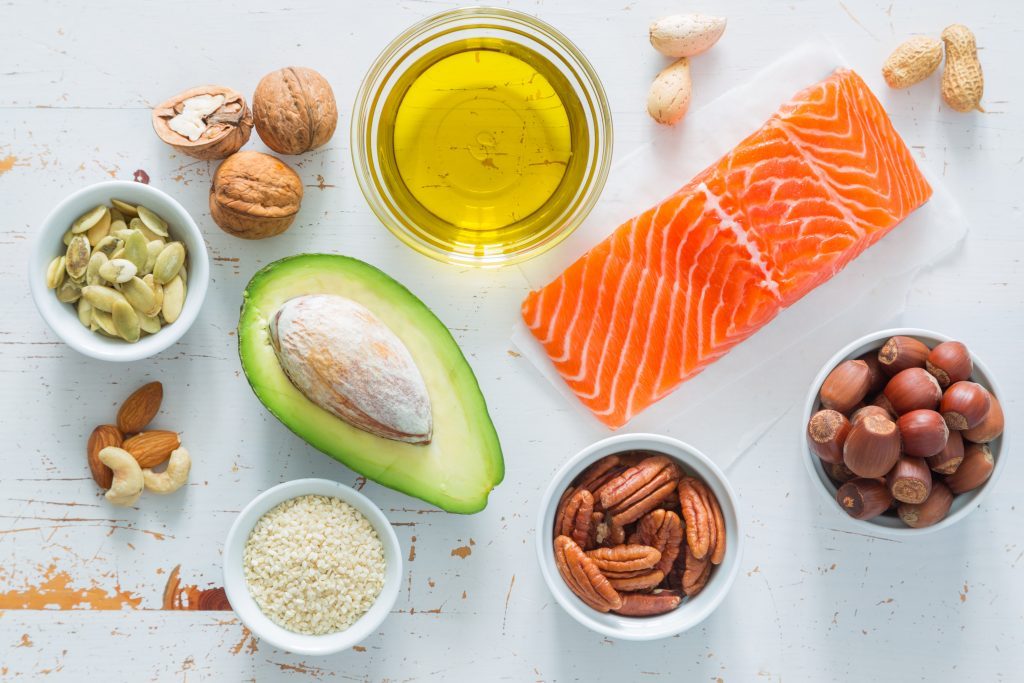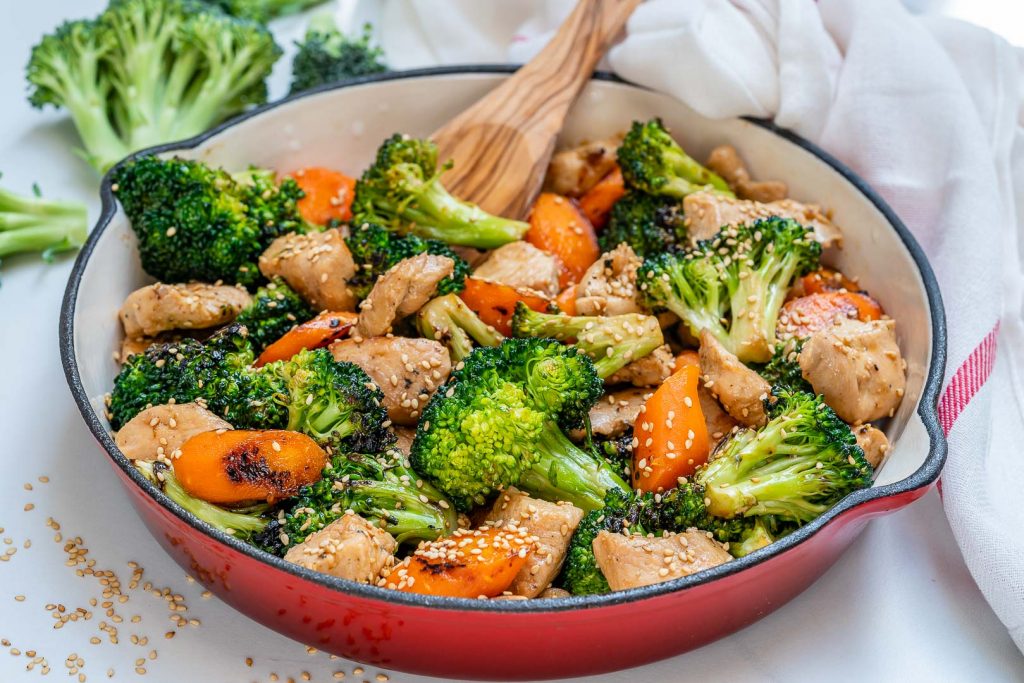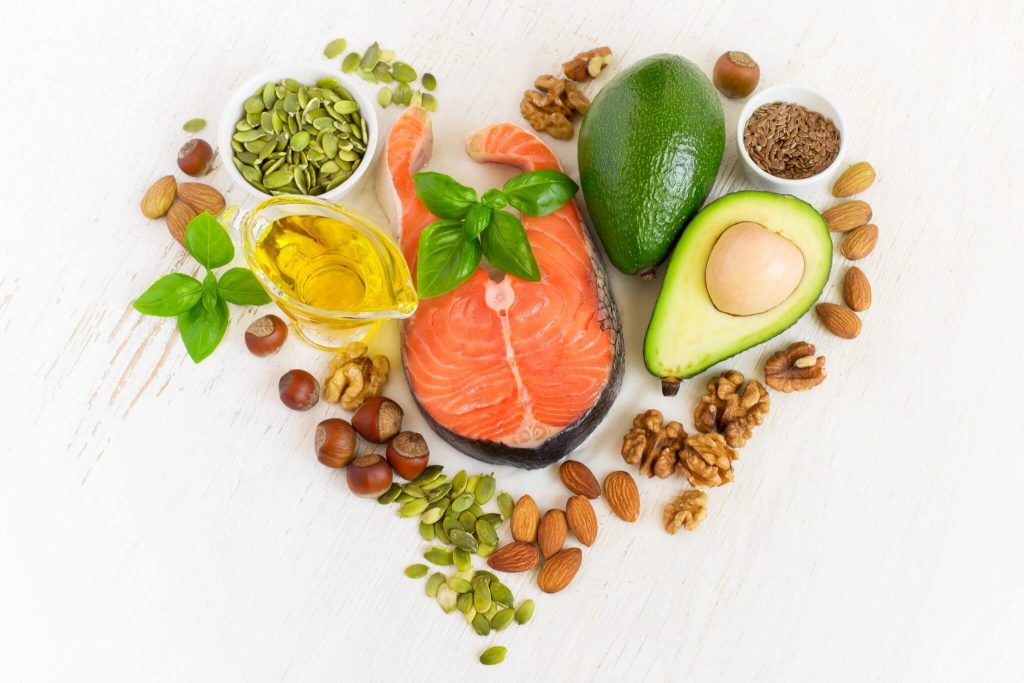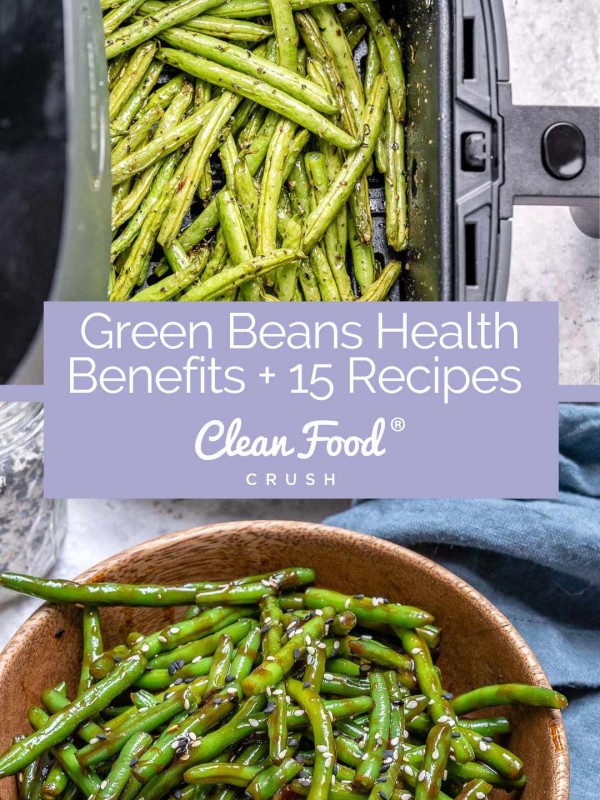This post contains affiliate links. Please see our disclosure policy.


Did you know that there is a correlation between chronic inflammation and weight gain!?
When inflammation switches from acute to chronic, it goes from protective to harmful and is accompanied by a whole host of health issues. Weight gain, or the inability to lose weight are major issues that can accompany chronic inflammation. Weight is by no means the benchmark for perfect health, but losing weight, or adjusting weight distribution can help encourage a healthy lifestyle in a number of ways.
Weight loss improves our ability to exercise, it encourage us to eat a balanced diet, it prevents down-stream complications associated with obesity such as diabetes and heart disease, and it can boost mood and improve self-confidence. Losing excess weight can help lower inflammation and lowering inflammation can help us shed some extra pounds! When it comes to our internal, external, and mental/emotional health, lowering inflammation is a win win…win!
Here are some tips to help you lower inflammation, slim down, and get back to your radiant self!

1. Reduce Sugar Intake
The most common over-consumed food in our society is sugar! This includes sweet foods like candy and dessert, but ‘sugar’ can extend to other carbohydrates such as bread, pasta and rice. All carbohydrates are broken down in the body to the same components as white sugar, which is glucose. The body doesn’t differentiate between carbohydrates, and although carbohydrates are a great fuel source, when we over eat them, they get stored as excess fat. Glucose is responsible for excess weight gain, spiking blood sugar, and perpetuating inflammation and cellular damage. Cutting out processed sugars, and simple sugars is a great way to start lowering inflammation and slimming down! Switch to natural sugars such as fruits (try these fruit kebobs out), honey or maple syrup, and make sure your carbohydrates contain fiber! Whole foods (like whole grains, sweet potatoes and beans) provide additional nutrients, they slow the release of glucose, and they help us stay full for longer!
2. Eliminate Processed Foods
There are about a dozen reasons to eliminate processed foods in the diet, and two big ones are to lower chronic inflammation and improve weight management. Processed foods are designed to satisfy our palates and have us coming back for more, and having been created in a lab, they contain the most mouth-watering ratio of chemicals, sugar, fat and salt. Did you know there are over 50 words for sugar that can be listed on a packet label? Hidden sugar becomes extra calories in the body, which as we mentioned before, leads to weight gain. On top of the added sugar, there are thousands of additives that can find their way into our food. Processing and eliminating these chemicals puts us at a nutrient deficit which actually makes us more hungry, and leads to over-eating and subsequent weight gain. You read that right, eating processed food makes you eat more! All the sugar, additives and chemicals in processed foods further perpetuates chronic inflammation by stressing our detox organs, and depleting us of the nutrients we need to heal.
5 quick tips for navigating processed foods:
- If the label has too many ingredients to count, put it back!
- If you don’t know what the ingredients are/do, put it back!
- If sugar is in the first three ingredients, put it back!
- Choose foods that don’t require labels at all, like fruit, veg and locally sourced protein!
- Check out this Clean Eating Guide for Reading Labels at the grocery store.

3. Load Up on Nutrient Dense Whole Foods
Inflammation is lowered in the body when the body has access to a wide range of vitamins, minerals, nutrients and antioxidants; these are the helpers of every single process in the body. Mother Nature makes things better than we ever could because whole foods provide the perfect combination of energy, fiber, vitamins and minerals that the body needs to process and then use those foods. Eating low nutrient yielding foods leads to the “over-fed and under-nourished” phenomenon, where someone has enough calories to sustain themselves, but these calories are so empty that their cells are actually starving. We confuse this feeling with hunger, but what our body is actually hungry for are vitamins and minerals. Give your body what it wants with whole foods. Try this Clean Eating Teriyaki Chicken Skillet for dinner tonight!

4. Increase Omega Fatty Acids
I know it sounds crazy, increase fat to lose fat, but it’s true! The two main anti-inflammatory fatty acids are omega-6, and omega-3 – which includes our two essential fatty acids (Linoleic acid and Alpha Linolenic acid). Omega-6 and 3 can be found in many plant foods, including seeds, nuts, and grains. Although, omega fatty acids are vital to our health, maintaining a balanced ratio of them, around 2:1, is crucial for lowering inflammation and preventing obesity. Omega-6 are often consumed in much larger amounts than omega-3, at a ratio as high as 20:1, and those with that omega-6:3 ratio are more often reported as obese, whereas those with a more balanced ratio experience weight loss. A good source of omega 3’s can be found in fish and in fish oil. Fish oil contains a fat called EPA, which is highly associated with lowering cellular inflammation, and aiding in the repair of damaged cells.
5. Rotate Common Allergenic Foods
Some foods in our diet are more inflammatory than others, and these foods are often associated with allergies. The most common allergenic foods are, eggs, dairy, wheat, soy, peanuts, tree-nuts, fish, and shellfish. Rotating these foods in the diet helps keep inflammation at bay by reducing the likelihood of developing food sensitivities and allergies. If you have a known sensitive or allergy to something then cut it out completely! Every time we expose our body to allergens we increase inflammation. Our bodies are really good at letting us know what they don’t like; stomach aches, bloating, gas, indigestion, eczema, acne, headaches, and excessive weight gain are all ways our body tells us it doesn’t like a certain food. Rotating foods also encourages us to be creative in the kitchen, and try new foods, not to mention exposes us to a wider range of vitamins, minerals and antioxidants!

6. Exercise
We all know exercise is linked with weight loss, but did you know exercising can help lower inflammation! Those who exercise regularly are shown to have lower inflammatory markers in their body, compared to those who do not exercise. Exercise helps lower inflammation in a number of ways:
- It gets our blood moving. There’s a reason blood rushes to areas that are injured, blood carries oxygen and nutrients that the body needs to heal itself.
- It balances blood sugar. This is crucial for lowering inflammation because sugar in our blood stream damages our blood vessels.
- It impacts us on a cellular level! Exercise induces the release of chemicals that lower chronic inflammation all over our body
- It relieves stress. The body doesn’t differentiate between psychology and physical stress, and by relieving psychological stress we do our internal organs so much good. Move your beautiful body everyday and watch your body thank you.
Everything in the body is connected, whether it’s mind-body, inside-out, or weight- chronic inflammation. Making an effort to help one part of our body, helps other parts. Whether your goal is to lose weight, to improve health or a bit of both, taking the steps to lower inflammation is a great way to start!
The 30 Day Clean Eating Challenge is great way to get your weight loss mission started. The meal plans are carefully designed to help you lower inflammation, beat your sugar cravings and see results.







